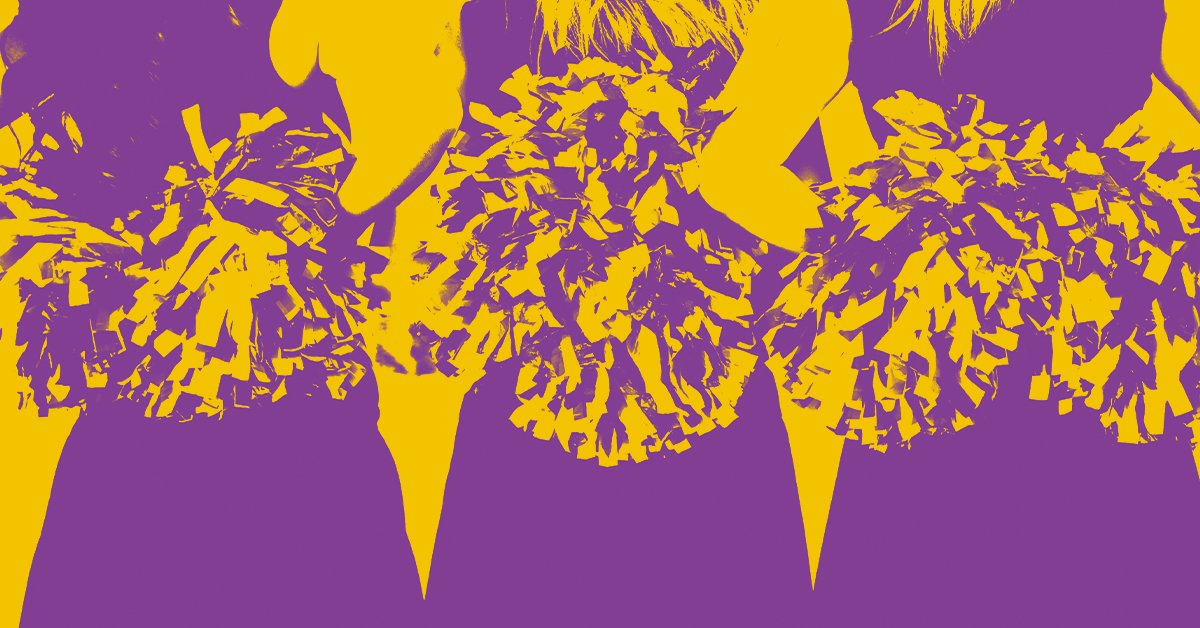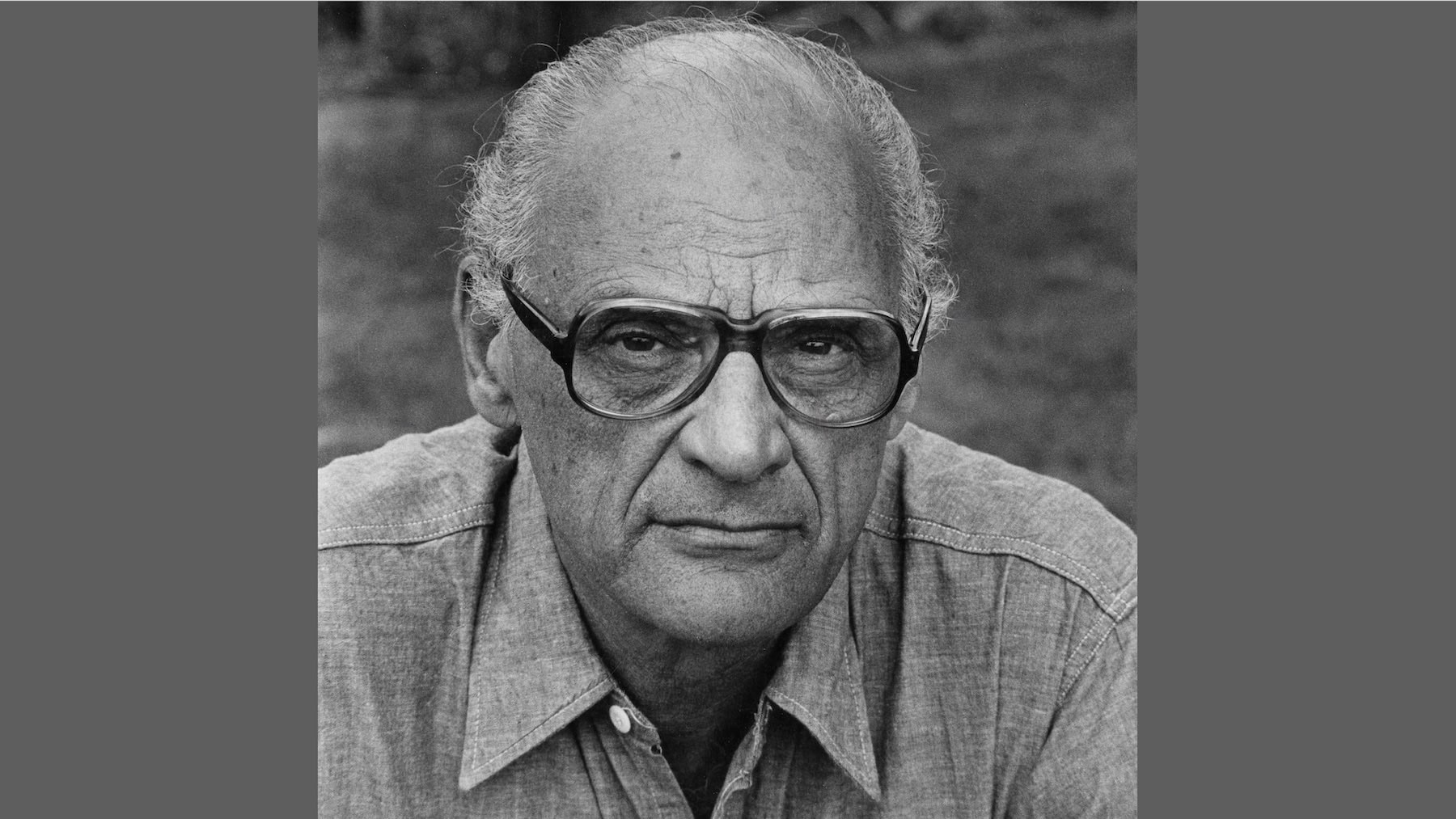More than 30 years after the play premiered, you collaborated with composer/lyricist David Kirshenbaum to create Vanities: The Musical. Had you always hoped to create a musical from your play?
Not really. I had been approached several times by people about making it into a musical. Some famous Broadway composers and directors had talked to me about it. I didn’t see how making it a musical would add much to the story. Then I met David and he asked if he could musicalize a few ideas as an experiment. He did and he showed enormous love and respect for the play and the characters. I began to see the musical journey was different from the play and it was a wonderful way to express some new things about these people. David knew that I didn’t want the musical to be like Grease. It’s not really about high school. It’s about three people who are trying to navigate life in a changing world and have no idea how to do it. They were given the wrong set of rules in life.
Which moments were easiest to musicalize? What changes, if any, did you make to the play when you revisited it as a musical?
I am not sure any moments were easy to musicalize. As David will tell you, there were many songs written for the show that are not in the show now. I think the hardest part of any musical is collaboration. We did four productions of the show at major theatres in the USA until it finally came together in Seattle (which was the production after New York). We restored some of the book that had been cut, cut some songs and added new ones, new transitions and a new finale. Finally, the best production of the musical was in London. It was amazing. We knew when we saw it that there was no more to be done, finally. It all worked and got amazing reviews.
Though the songs evoke an earlier era, the music is not pastiche. How would you describe the show’s musical style? How did you and David decide on the sound and structure of the musical?
David would really be better to answer this question. He is a wonderful composer. The style of the music goes with the time period we are in in each scene. We go from girl groups to Burt Bacharach to more of the sound of musical theatre songs. A few of the songs have become very popular with singers. Renditions of “Fly Into The Future” and “Cute Boys With Short Haircuts” are all over YouTube and, of course, the recording of the show’s musical numbers is available to purchase.
When the play premiered in 1976, it was looking back at fairly recent history, from 1963 to 1974. Over half a decade has passed since the events of the first scene, set in November 1963! Do you have a different perspective on that now? If you wrote Vanities today, would you portray these three time periods differently?
No, I would not. I think I got them right. Change was happening. The women change onstage in front of us and the world changes. It was part of Garland Wright’s brilliant direction that the play had a surreal feeling. Sure it was funny, but it was pretty and pretty serious, too. We based a lot of the look on the windows at Bergdorf Goodman and Henri Bendel. The fashion looks in show windows displayed an image that magazines and the media thought women should have – a glamorous look which sometimes had nothing to do with who the people were. It was and still is a facade, a layer of protection, an armor to face the world. So much of what women think of themselves, especially back then, was controlled by how they looked and how they saw themselves in the mirror.
You’ve written three fantastic roles for women, and some amazing actresses have played these parts. Which performances in particular do you remember or cherish?
The original cast was brilliant with Kathy Bates, Susan Merson and Jane Galloway. The Los Angeles cast opened with Sandy Duncan, Stockard Channing and Lucie Arnaz and they were dazzling. They broke all the box office records at The Mark Taper Forum. Then the show moved to another theatre and ran another year and half. It was same with long runs in Chicago, Dallas and other cities. Some of the other wonderful actresses to play the roles were Sally Field, Elizabeth Ashley, Priscilla Lopez, Kelly Bishop, Annie Potts, Cybil Shepherd, Tyne Daly, Barbara Sharma, Annette O’Toole, Valerie Bertinelli and almost every woman of that age at that time played it somewhere. It was the most produced play in the USA for several years and there were productions everywhere including other parts of the world. It was a huge success in Japan, South America and Europe. My biggest surprise came when we got photographs from the Amsterdam production, after it had been running a long time, and discovered it was being performed by men in drag.
Have you seen any of the many regional or amateur productions over the years? Which ones were most successful?
I’ve seen many productions of the show. The best ones are the ones where they take the characters as seriously as the characters take themselves. Also, the best productions realize this is a sociological study of three women given the wrong set of rules for life. Pretty and popular were not enough to guide them all the way through. If you play the play as a broad comedy, it’s not as meaningful. The play has a “falling through life” quality. The characters, despite all their planning, really have no plan that goes beyond the superficial. As Kathy says in the play, “We were simple girls without a single cause.”
What makes Vanities so popular and successful around the world? Why do you think it’s so appealing to amateur and regional theatres?
The play has always been easy to present. It is also not a huge show in terms of budget. It’s hard to find many musicals these days with only three characters. The show should focus on the characters and not the setting. I’ve seen it done with realistic scenery and, to me, it doesn’t work as well. For example, I don’t like the HBO production because it lacks imagination in the design of it. The fact that the play and the musical only have three characters allows the audience to focus on the actors and see their progression from one age to another. The play works just as well today as when it was originally done. We all were young, we all had to grow up and make life choices and we all had problems along the way. The journey of the characters from teenagers to adulthood is a journey every person takes. We’ve all had friends and your best friends from high school will always be your best friends from high school, but maybe not your best friends for your entire life.
What do you hope theatre makers and audiences take from Vanities today?
I think, as I said, it’s a play about friendship and is also a play that takes place in an age of innocence we no longer have. It’s important in the play that you fall in love with the characters and yet, at the same time, dislike them for their decisions. There is a warp in the play, in the second scene, when the audience has had just about enough of the girls talking about trivial things. The chatter is broken when Kathy seriously says, “I really hate my life.” The girls have no idea how to deal with anything serious. To them, serious has been being cute and popular and dating the right guys. Suddenly, the girls are faced with something meaningful and t
hey have no idea what to do to help Kathy. We used to call the play, “The girls you love to hate.” It came before some projects like “Mean Girls” and “Heathers” but there’s a part of that way of thinking in these characters. Hopefully we also begin to feel sorry for them and the fact that their education and their environment growing up stressed popularity over learning.
Is there anything else you’d like people to know about Vanities and Vanities: The Musical?
I feel extraordinarily lucky to have had this show in my life. The journey goes on and on, and it’s been a great source of joy. I am also happy that so many people love the show and I hope many more will in the future. I also enjoy that people who love the play and were in it as actors many years ago, are now presenting and/or directing the play or musical in their communities and schools.
Thank you so much for your time, Jack, and for bringing Vanities into the world!
…
For more information about licensing Vanities or Vanities: The Musical (US/UK) visit Concord Theatricals in the US or UK.




